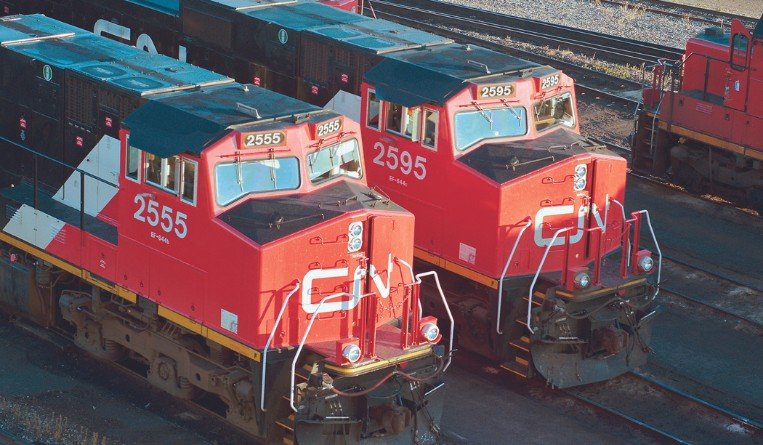Things are looking up for the port of Portland this year. In early September it announced a weekly trans-Pacific link, courtesy of Mediterranean Shipping, which has added the Oregon port to its weekly Santana service from China to the Pacific Northwest. This runs from Yantian and Shanghai to Portland and Tacoma.
MSC is the second container line to call at the port. Portland used to handle some 300,000 TEU a year until 2015, when it lost container service. That barren spell ended last year when SM Line mounted a weekly operation to the port.
Now SM Line is upping its presence at Portland with an extra vessel call every other week.
In addition, NVOs – non-vessel owning common carriers – are looking to the West Coast port for charters that seek to provide much needed capacity while bypassing the congested ports in Southern California. At the port of Los Angeles, the average container dwell time has soared to almost 16 days.
Ad hoc charters for DHL, SEKO and DSV have been calling at Portland since mid-August. According to the port, they come in every three weeks.
Earlier this year the port of Oakland looked set to become a major beneficiary of the congestion at the Los Angeles-Long Beach port complex. However, by late May two of the three carriers that were running trans-Pacific services with first US calls in Oakland had suspended their services and the third was alternating between Oakland and Los Angeles, owing to rising congestion at the port.
Although the number of container vessels calling at the port was down 40% in August to 68 arrivals, Oakland’s container volume has kept climbing. It was up 1.6% year-on-year in August, with imports up 14% in the first eight months of the year.
The congestion on the West Coast has added to the rising appeal of U.S. ports in the Southeast and the Gulf of Mexico to traffic from Asia. With 320,086 TEU handled in August, the port of Houston registered its highest monthly container count, an increase of 29% year-on-year. For the first eight months of the year Houston’s container throughput is up 16%, reaching 2.225 million TEU.
Roger Guenther, the port’s executive director, expects elevated traffic levels to continue well into next year. Houston is widening its ship channel, which should attract more large container vessels.
Some East Coast ports are struggling with elevated traffic volumes, albeit to a much lesser extent than their West Coast counterparts. On September 8 Greenwich Terminals at the port of Philadelphia suspended vessel service for three days to clear import containers from its yard.
At the port complex of New York & New Jersey, the number of ships having to wait for berths to become available has been on the rise. At the end of September nine vessels were riding at anchor. Through August and early September, the Port Authority of New York & New Jersey had counted four or five ships waiting for berth space in a week, up from one or two vessels earlier in the year.
Some shippers will be looking to the ports of Vancouver and Prince Rupert. They have not seen the explosive growth of throughput as US West Coast ports. Vancouver’s tally is up 13% for the first eight months, while Prince Rupert’s throughput actually declined, but both have signalled that they are not troubled by congestion.
Prince Rupert expects to benefit from a priority train service to Chicago that Canadian National has introduced, which offers a transit time of six days from the port. That beats dwell times in Southern California.
Ian Putzger



